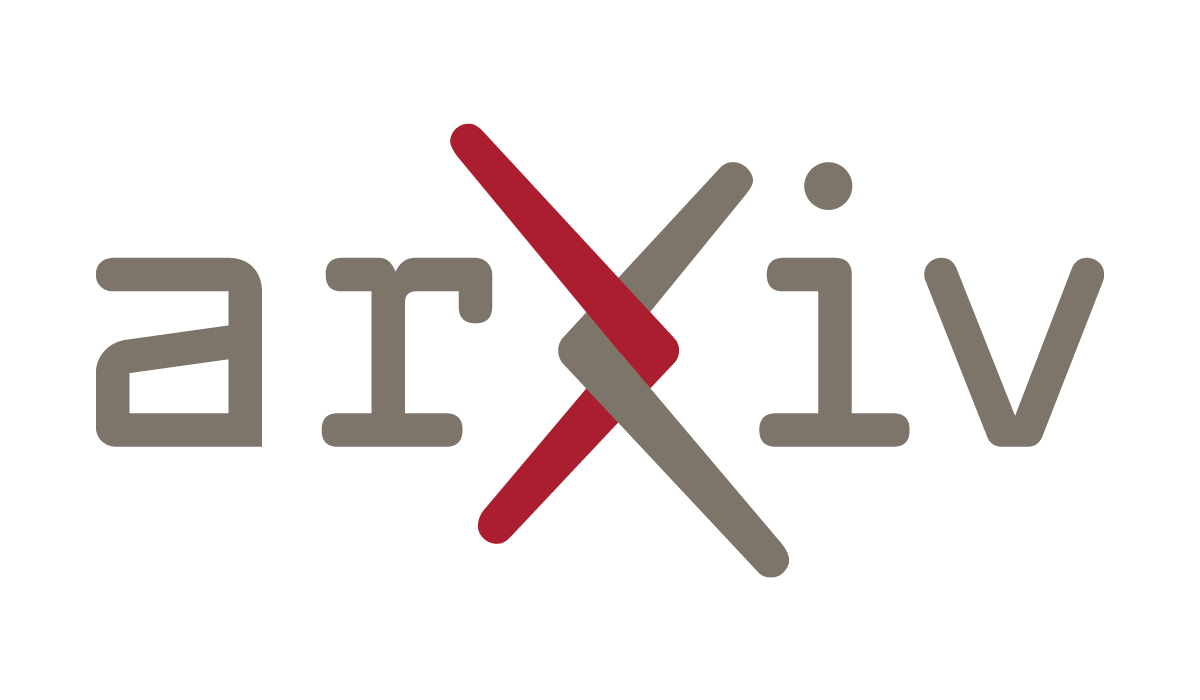
TOKYO, JAPAN - FEBRUARY 3: Open AI CEO Sam Altman speaks during a talk session with SoftBank Group CEO Masayoshi Son at an event titled "Transforming Business through AI" in Tokyo, Japan, on February 03, 2025. SoftBank and OpenAI announced that they have agreed a partnership to set up a joint venture for artificial intelligence services in Japan today. (Photo by Tomohiro Ohsumi/Getty Images)
Getty Images
An acquaintance got a new job at a big AI firm last year. As part of her onboarding, she was invited to several Slack channels, par for the course in the corporate world. But among updates on lunch offers and company news, she noticed another channel, one for newly minted young millionaires. Most of the conversations are about buying a home, taxes or investing, but there are plenty of others where newly wealthy 27-year-olds wonder what kind of sports cars they should buy. If that’s not the opening scene of a documentary about a bubble, I don’t know what is.
As The New York Times pointed out on Monday, there are currently two economies — AI and everything else. Megadeals abound in the AI world; AMD shares surged 30% after it announced its multibillion-dollar deal with OpenAI. That partnership probably followed Nvidia and Intel’s recent announcement of plans to collaborate on new custom data center and consumer chips that combine Intel’s CPU and Nvidia’s GPU. The tech-heavy NASDAQ is reaching new highs, and despite tariffs and turmoil, other markets are chugging along as well.
But what happens when the AI bubble starts to leak? There are some early potential warning signs that things have gotten a little too frothy and pushed us in 2000s dot-com bubble territory.
When The Bubble Starts To Leak
Consider the case of Friend, an AI wearable that allows users to have conversations with a large language model. Setting aside that plenty of other LLMs allow users to speak and hear responses on devices they already own, Friend is mostly known for its relentless advertising push on the New York City subway and the resulting graffiti responses warning of AI’s harms. But Friend has all the hallmarks of a bubble company — a young Harvard dropout founder raises $7 million dollars and seems to spend most of it on advertising while shipping (or failing to ship) a product. Early reviews have been brutal, with one in Fortune writing, “it’s like wearing your senile, anxious grandmother around your neck.”
Setting aside absurd, high-profile flops, paths to profitability remain scarce for many AI companies. OpenAI makes money primarily through subscriptions, enterprise contracts and API licensing, and it recently launched a partnership with Shopify to allow merchants to sell directly in the platform, but none of those seem like they’ll be enough to cover the nearly $60 billion the company has raised and its multimillion dollar burn rate per year. Other platforms are part of larger tech companies and thus more protected because the legacy business can pay for their development — but how long can that last?
Now, the usual caveats apply. Even if the AI bubble does burst, the technology is unlikely to disappear. The leaders and companies might shift, but just like the dot-com bubble didn’t spell the end of the internet, the AI bubble isn’t the end of the LLM.
Looking Beyond the Bubble
What the bubble could do is tank an already precarious stock market and drive a recession. It could also cost the United States the opportunity to dominate in the global AI race. China has made no secret of its AI ambitions, and any pause in activity in the U.S. could let them get ahead. When the early dot-com economy was being built, it was largely in Silicon Valley and New York; the AI race is global.
Given how far down the path we are, there’s not a lot to be done. We might just have to suffer through a correction and then live in a world where AI becomes a lean-back technology, woven into the fabric of the internet, just another series of tubes that powers daily activities. The Sora videos we’re all making right now will probably resemble those MySpace pages we all built back in 2005, with blinking backgrounds and unfortunate haircuts; but just as social networks still exist, we’ll see AI generated content all the time and not blink an eye. ChatGPT might go the way of AOL, but something else will take its place.
As for those newly minted millionaire kids driving their supercars all over the Bay Area, they might have to downshift to a practical Honda Accord for a while. But don’t worry — they’ve all got great ideas for a new company, and some of them might be back in the driver’s seat soon enough.
.png)




